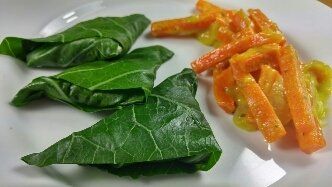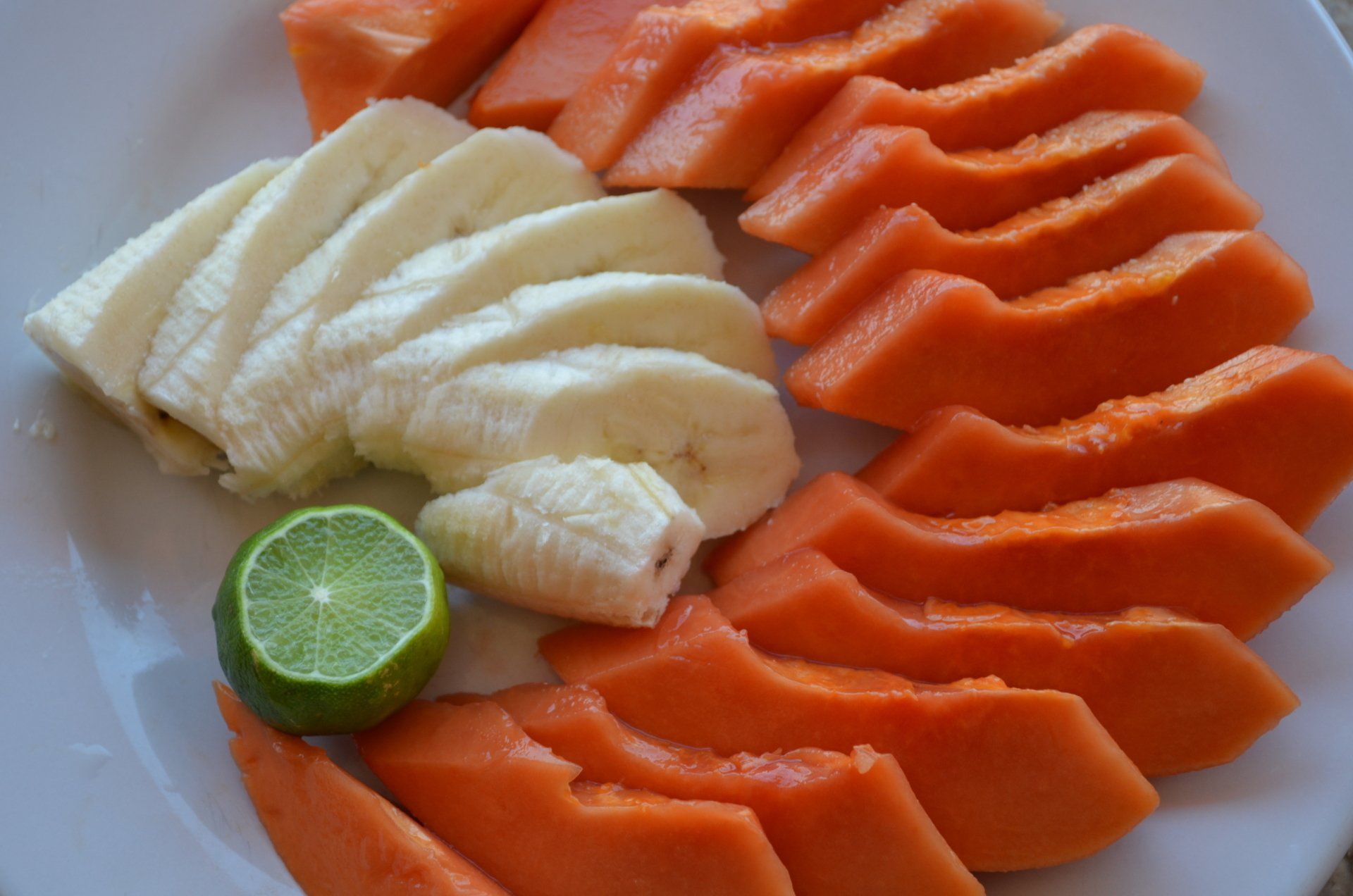Quick and Tasty Salad Greens
Sharon Christensen
With a little planning, salads need not take a lot of time to make. The nutritional impact of salad, and its flavor enhancement to a meal, underscore the importance of salad preparation. Pasta, grain, and beans act as the base for main dish salads. However, a daily side of raw, leafy greens goes a long way to help us ward off infectious diseases.
In the leafy green category, choose from multiple kinds of chard and spinach, many varieties of lettuce such as Butter, Green Leaf, Red Leaf, and Romaine. For herbs, different basil, mint, and parsley varieties are well-known options. In the cruciferous family, of which nutritionists say we should eat one, half-cup serving a day, bok choy, broccoli, brussel sprouts, cabbage, cauliflower, collard greens, kale, mustard greens and radishes are some of the most popular choices.
The advantage of salad greens is they're ready to eat without cooking. No cooking translates as nutrient dense because the produce is less processed. If greens are washed as soon as they're purchased, spun dry in a salad spinner, then stored in a closed container in the refrigerator, most nutrients will be available for up to seven days.
Cabbage leaves grow so tightly together, the head of cabbage may be rinsed with a fruit and vegetable wash, and then just the outer leaves peeled off. Thinly sliced off the bottom part of the core to finish the cleaning process. Wrapping cabbage for storage keeps it moist.
An ideal disinfectant for washing greens is Grapefruit Seed Extract, a viscous liquid product sold in two or four-ounce bottles. This product, known as GSE for short, is antibacterial and antiviral in its properties. Putting 15 – 20 drops in a basin of water is sufficient to wash greens and other fruits and vegetables. There is no need to rinse the produce afterwards as the solution is non-toxic and not soapy.
In the leafy green category, choose from multiple kinds of chard and spinach, many varieties of lettuce such as Butter, Green Leaf, Red Leaf, and Romaine. For herbs, different basil, mint, and parsley varieties are well-known options. In the cruciferous family, of which nutritionists say we should eat one, half-cup serving a day, bok choy, broccoli, brussel sprouts, cabbage, cauliflower, collard greens, kale, mustard greens and radishes are some of the most popular choices.
The advantage of salad greens is they're ready to eat without cooking. No cooking translates as nutrient dense because the produce is less processed. If greens are washed as soon as they're purchased, spun dry in a salad spinner, then stored in a closed container in the refrigerator, most nutrients will be available for up to seven days.
Cabbage leaves grow so tightly together, the head of cabbage may be rinsed with a fruit and vegetable wash, and then just the outer leaves peeled off. Thinly sliced off the bottom part of the core to finish the cleaning process. Wrapping cabbage for storage keeps it moist.
An ideal disinfectant for washing greens is Grapefruit Seed Extract, a viscous liquid product sold in two or four-ounce bottles. This product, known as GSE for short, is antibacterial and antiviral in its properties. Putting 15 – 20 drops in a basin of water is sufficient to wash greens and other fruits and vegetables. There is no need to rinse the produce afterwards as the solution is non-toxic and not soapy.



